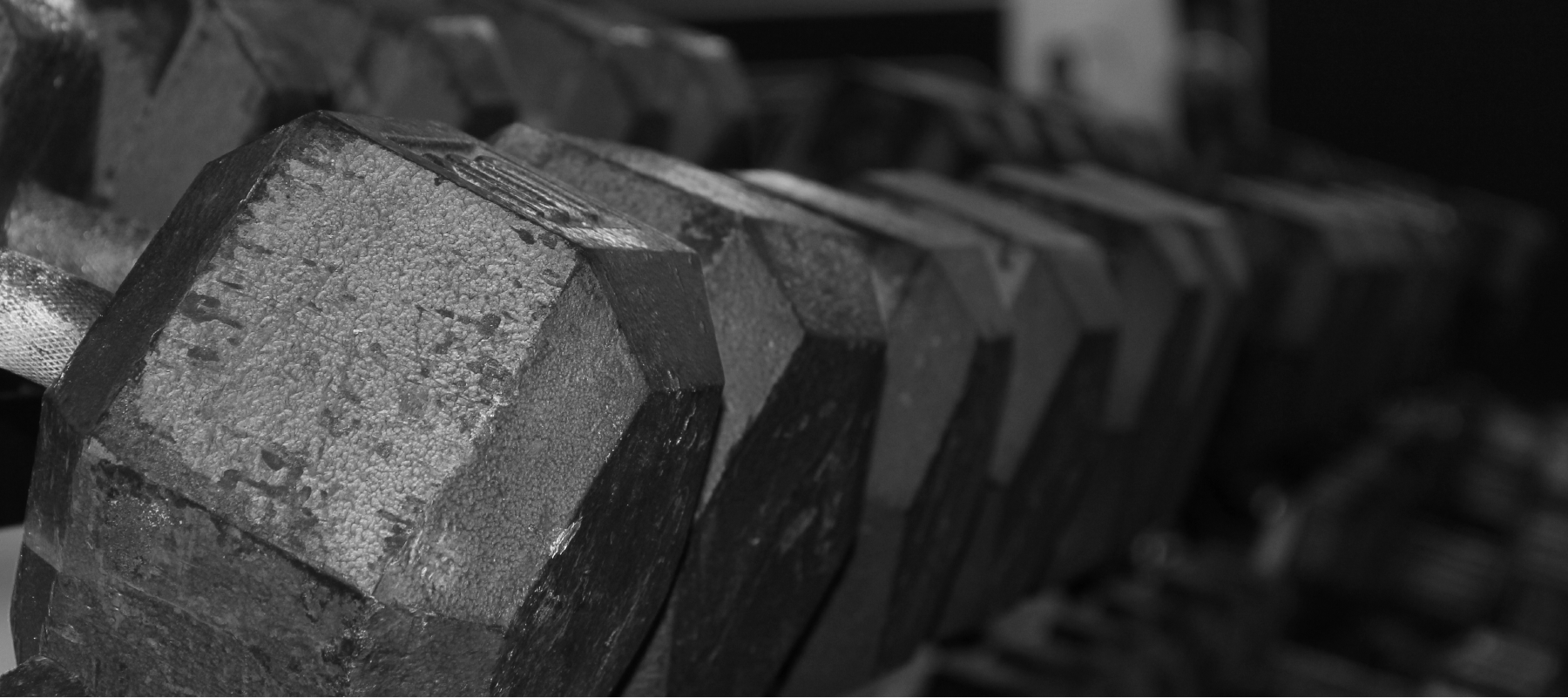Based on how often people ask me whether or not to do high reps or low reps to “get big,” I expect there’s some confusion on the matter. Should someone who wants to gain muscle perform sets with relatively light weights and high repetitions (i.e., “chase the pump”), or use heavier weights for fewer repetitions? For better or worse, dear reader, I won’t lie to you and tell you that Peter or I know the answer to that question, since the evidence doesn’t exist to support such a claim. There are many questions that research hasn’t yet answered about what we should do to best achieve our training-related goals, but some recent research provides insight into the vexing issue of how you should train for hypertrophy purposes.
This spring, Dr. Brad Schoenfeld published his dissertation study, “Effects of Different Volume-Equated Resistance Training Loading Strategies on Muscular Adaptations in Well-Trained Men.” The study compared an eight-week powerlifting-style program (7 sets of 3 reps) with a volume-equated bodybuilding-style programs (3 sets of 10 reps) on muscle thickness of the biceps brachii and 1RM in the bench and squat. Conventional wisdom might suggest that the bodybuilding-style program would have significantly greater increases in muscle mass and that the powerlifting-style program would yield significantly greater increases in maximum strength. The results were therefore somewhat surprising: by the end of the eight weeks, subjects in the two groups increased muscle mass to a similar amount and subjects in the powerlifting group had significantly higher 1RM’s in the bench press. Someone might therefore conclude that a powerlifting-style program is superior to a bodybuilding-style program, since there was no difference between the two groups in hypertrophy and the powerlifting group got significantly stronger. While that conclusion might have some validity, it overlooks important details in the study.
One detail that struck me as particularly important is that the powerlifting-style program took an average of 70 minutes to complete, whereas the bodybuilding-style program only took an average of 17 minutes. This discrepancy shows that the findings may not accurately reflect what someone might do in their own training. Taking it at face value, however, it seems that the bodybuilding-style program was more time efficient and therefore might be more feasible for people who want to train briefly. But if there hadn’t been strict set and rep constraints to equate volumes between groups, it’s possible that subjects in the bodybuilding-style program could’ve performed a few more sets, which might have yielded significantly greater increases in hypertrophy.
Another important difference to consider is that almost all of the subjects in the powerlifting-style group complained of general fatigue and painful joints. In fact, two of the subjects in the group dropped out of the study because of joint-related injury. Thus, it seems like that program wasn’t sustainable. On the other hand, subjects in the bodybuilding-style group remarked that they felt fine and that they could’ve performed more volume in their workouts.
One final thing of note is that the subjects in this study were well-trained. In the words of Dr. Schoenfeld himself: “All subjects had lifted weights at least 3 times per week for at least a year (and were defined as experienced) and the average training experience was 4.2±2.4 years with a range of 1.5 to 10 years of training.” This is a small but crucial detail of this study, since adaptations to a common stimulus can be markedly different in those who are “newbies” versus those who have considerable weight training experience. Unfortunately, a lot of research uses subjects who don’t fall under the “well-trained” category–usually due to logistical difficulties–which limits the applicability of the results, particularly for people who train regularly or coach athletes who train regularly. Since this study examined well-trained individuals, however, no such limitations exist.
In light of these differences, the powerlifting-style approach may have less merit, or at least not be as clearly “the favorite” in this ongoing argument. So what can we conclude from this study? There’s no clear winner and the tentative answer to the question posed at the beginning of the post is “do both.” The study showed that both performing high reps and low reps can yield significant increases in muscle mass, but that higher reps may be more time-efficient and less taxing. Unsurprisingly, using heavier weights is better for improving maximum strength, which means that you can use heavier weights while performing higher reps, which may in turn increase hypertrophy. Thus, performing both high reps and low reps may be best for hypertrophy, though future research may provide more insight.
